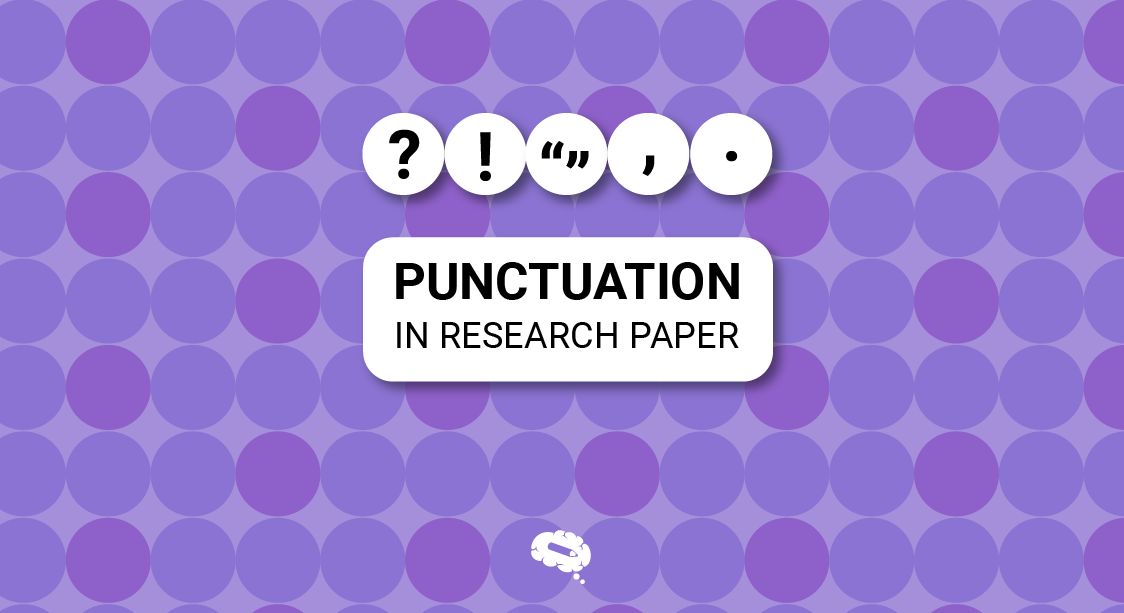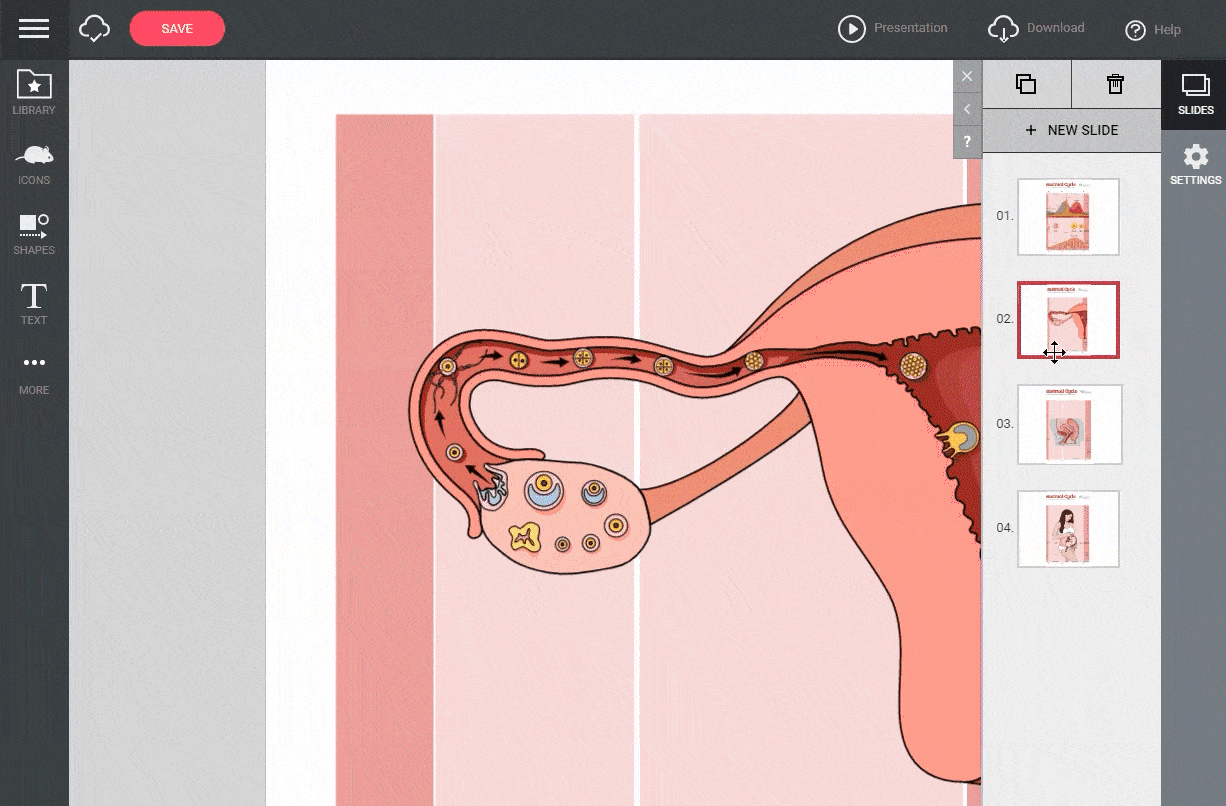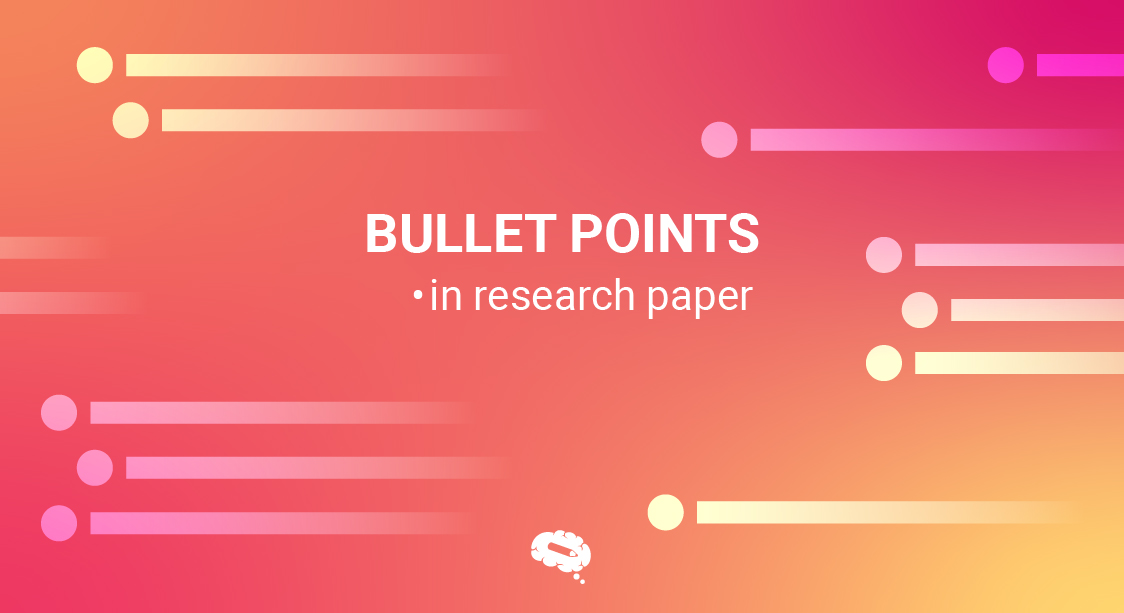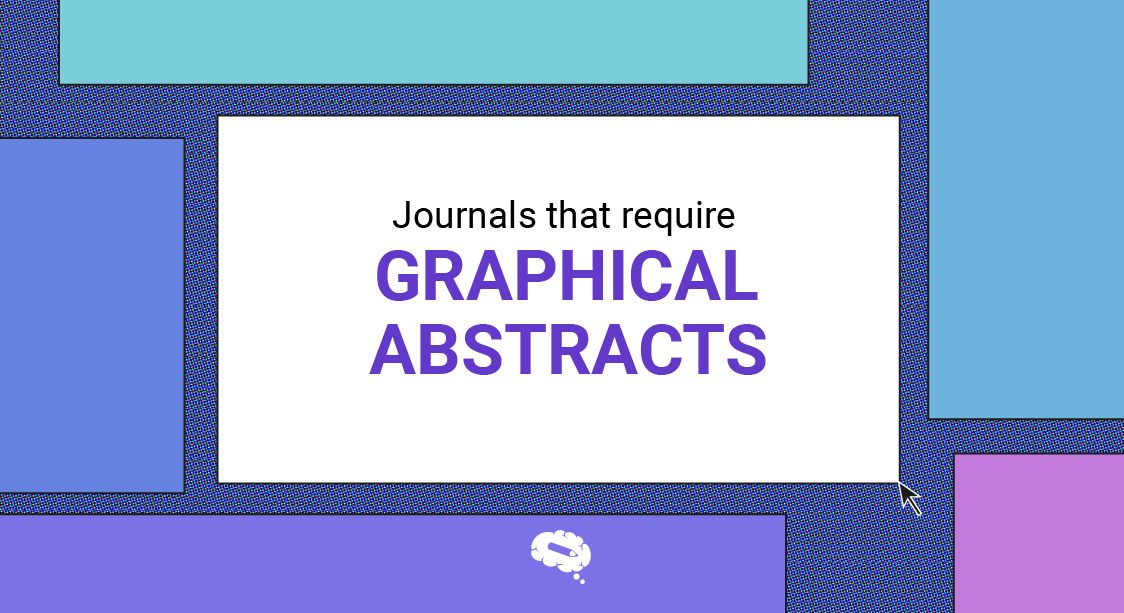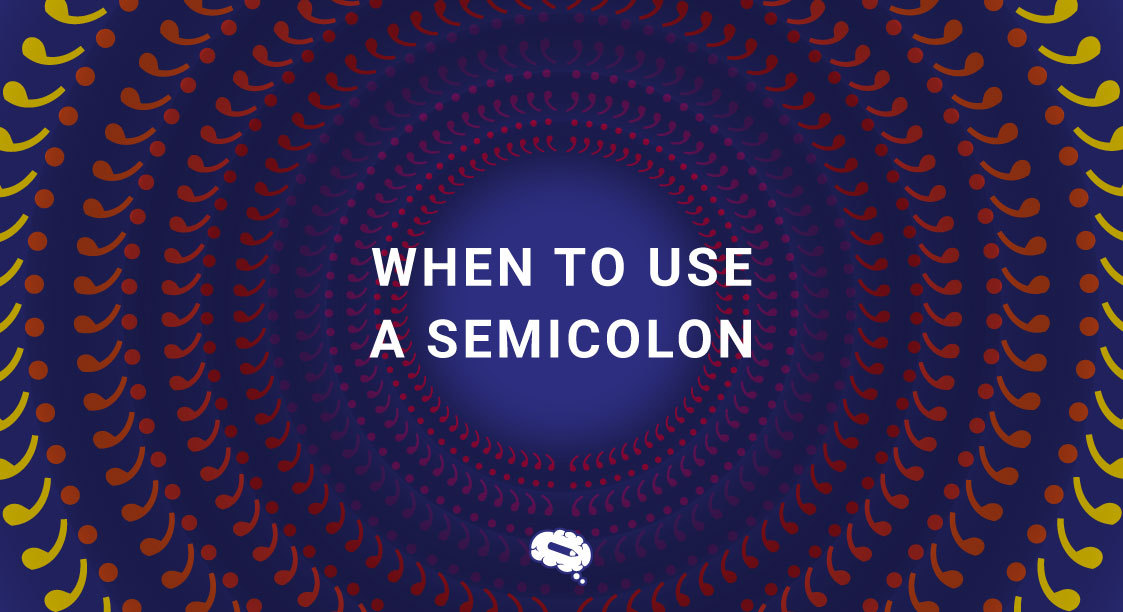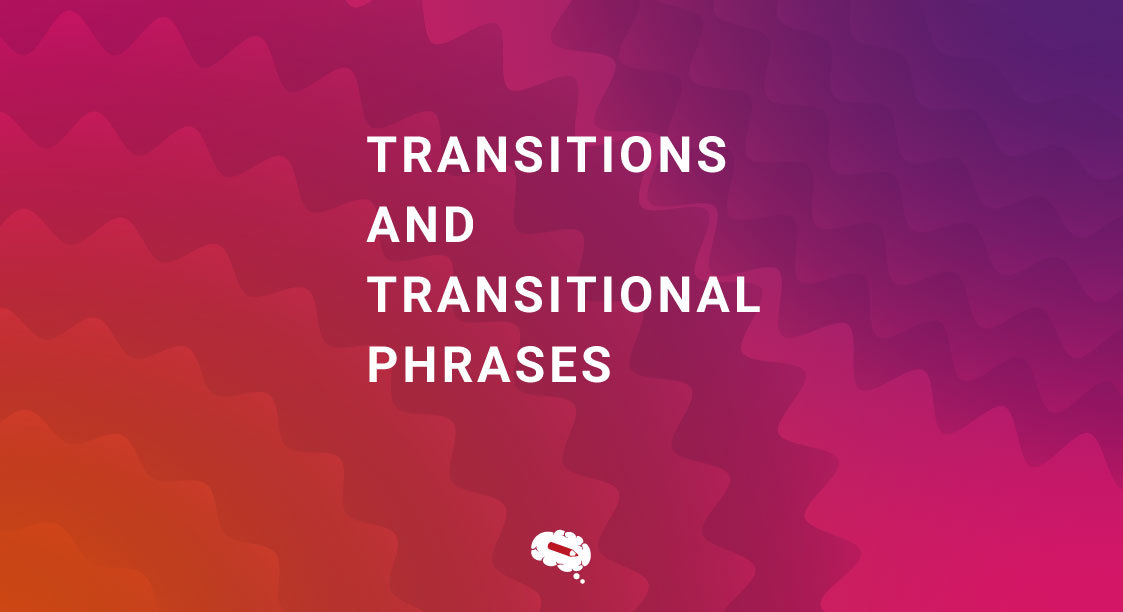Proper punctuation in a research paper is essential for clarity, precision, and professionalism. Correct punctuation not only helps the reader understand the content but also ensures that your arguments are presented logically and coherently. From the correct use of commas and full stops to the appropriate placement of colons and semicolons, mastering punctuation in research paper writing can significantly enhance the readability of your work. In this document, we will delve into the various punctuation marks and their correct usage within the context of academic research, providing practical examples and tips to help you avoid common pitfalls.
Betydningen av tegnsetting i forskningsartikler
Forbedrer klarhet og presisjon
Using punctuation correctly in a research paper is vital for enhancing clarity and precision. Punctuation marks act as signposts for the reader, guiding them through the complexities of your arguments and evidence. For instance, commas can break down lengthy sentences, making them easier to comprehend. A missing comma can lead to ambiguous or nonsensical sentences, impacting the clarity of your writing. Full stops signal the end of a complete thought, allowing the reader to pause and absorb information. Colons and semicolons can introduce lists or separate closely related ideas, adding nuance to your writing. Misplaced or missing punctuation can lead to confusion, misinterpretation, and a lack of coherence. Therefore, attention to punctuation not only improves readability but also ensures that your scientific arguments are conveyed accurately. By mastering punctuation, you can present your research more effectively, making it accessible and persuasive to your academic audience.
Unngå misforståelser
Tegnsetting spiller en avgjørende rolle for å unngå misforståelser i en forskningsoppgave. Vanlige kommafeil kan føre til misforståelser og endre den tiltenkte meningen med setningene dine. Feil eller inkonsekvent bruk av tegnsetting kan endre meningen i en setning, noe som kan føre til potensielle feiltolkninger. Et malplassert komma kan for eksempel endre hele sammenhengen i en setning og skape forvirring blant leserne dine. På samme måte kan et manglende punktum slå sammen to forskjellige ideer og forvirre argumentene dine. Riktig bruk av tegnsettingstegn som kolon og semikolon bidrar til å skille og knytte sammen ideer på en tydelig måte, slik at logikken i oppgaven din blir lett å følge. I tillegg kan anførselstegn og parenteser gi sammenheng, tydeliggjøre referanser og legge til viktig tilleggsinformasjon uten å forstyrre hovedfortellingen. Ved å være nøye med tegnsettingen kan du minimere risikoen for misforståelser og sørge for at forskningen din blir kommunisert tydelig og presist til mottakerne.
Forbedre lesbarheten
Improving readability is one of the primary functions of proper punctuation in a research paper. Well-placed punctuation marks help break down complex information into manageable chunks, making your paper easier to read and understand. Introductory phrases, commonly used in academic writing, can separate adverbial or transitional phrases from the main clause to develop a line of argument. For instance, commas can be used to separate items in a list, making it clear that each item is distinct. Full stops indicate the end of a thought, providing a natural pause for the reader to digest the information. Hyphens and dashes can create emphasis or clarification within a sentence, enhancing understanding. Moreover, colons can introduce explanations or lists, signaling to the reader what to expect next. By carefully using punctuation, you can control the flow of your writing, making it more engaging and less daunting. This not only keeps your readers interested but also helps them grasp the nuances of your research more effectively.
Vanlige tegnsettingstegn
Punktum og komma
Punktum og komma er blant de mest brukte tegnsettingstegnene i forskningsartikler. Punktum markerer slutten på en setning, og gir en tydelig grense mellom separate ideer. Dette gjør teksten mer lettfordøyelig og gir leserne mulighet til å stoppe opp og reflektere over hvert enkelt poeng. Komma, derimot, brukes til å skille elementer i en setning. De kan liste opp elementer, skille setningsledd eller gi avbrekk i komplekse setninger for å øke lesbarheten. I en sammensatt setning kan for eksempel et komma foran en konjunksjon som "og" eller "men" bidra til å tydeliggjøre forholdet mellom de to leddene. Feil bruk av komma kan føre til sammenhengende setninger eller setningsfragmenter, noe som forstyrrer flyten i teksten og forvirrer leseren. Ved å beherske bruken av punktum og komma kan du gjøre forskningsoppgaven din tydeligere og mer sammenhengende.
Additionally, the Oxford comma, which is placed before the final ‘and’ or ‘or’ in a list of items, is crucial for avoiding ambiguity. While it is mandatory in American English, it is used in British English primarily for clarity. Consistent use of the Oxford comma within a manuscript ensures that lists are clear and unambiguous.
Semikolon og kolon
Semicolons and colons add depth and complexity to your research paper. In technical writing, semicolons and colons are essential for clear and precise communication. Semicolons are used to link closely related independent clauses, creating a smoother transition than a full stop. For instance, “The experiment was successful; the results were conclusive” uses a semicolon to connect two related ideas without the abruptness of a full stop. Colons, in contrast, introduce lists, explanations, or quotations. They signal that what follows will elaborate on the preceding clause. For example, “The study focused on three areas: climate change, pollution, and conservation.” Colons can also introduce a statement or a quote that directly relates to the preceding text, adding emphasis and clarity. Misplaced semicolons and colons can confuse readers and disrupt the flow of your work. Correct usage of these punctuation marks can enhance the structure and readability of your research paper, making your arguments more compelling and easier to follow.
Parenteser og hakeparenteser
Parentheses and brackets are useful tools for adding supplementary information without disrupting the main narrative of your research paper. Parentheses are often used to include non-essential information, such as additional explanations, citations, or clarifications. For example, “The results were significant (p < 0.05), supporting the hypothesis.” This extra information helps to expand on your point without breaking the flow of the text. Brackets, on the other hand, are typically used for editorial comments, corrections, or translations within quoted material. For instance, “The author stated, ‘The results were inconclusive [due to a lack of data].'” Using brackets ensures that the original meaning of the quoted text is preserved while providing the necessary context for the reader. Misusing these punctuation marks can lead to confusion and disrupt the coherence of your paper. Proper use of parentheses and brackets can enhance the readability and precision of your academic writing.
Tegnsetting i sitater og referanser
Henvisninger i teksten
Teksthenvisninger er et grunnleggende aspekt ved akademisk skriving, og bidrar til å skape troverdighet og kontekst i forskningsoppgaven din. Riktig tegnsetting er avgjørende i tekstsitater for å sikre klarhet og overholdelse av akademiske standarder. Ulike referansestiler, for eksempel APA, MLA eller Chicago, har spesifikke tegnsettingsregler. I APA-stilen kan for eksempel en typisk sitering i tekst se slik ut: (Smith, 2020). Kommaet skiller forfatterens etternavn og utgivelsesåret. I MLA-stil ser en henvisning slik ut: (Smith 2020), uten komma. Tegnsetting spiller også en rolle når du inkorporerer sitater i teksten. For eksempel: "Ifølge Smith (2020) var resultatene overbevisende" bruker parenteser for å inkludere sitatet sømløst i setningen. Sitatene i teksten må være korrekt tegnsetting for å opprettholde flyten i teksten og sikre at leserne enkelt kan finne kildene dine. Korrekt tegnsetting i sitater bidrar til profesjonaliteten og troverdigheten til forskningsoppgaven din.
Oppføringer i referanselisten
Oppføringer i referanselisten må være omhyggelig tegnsatt for å sikre nøyaktighet og konsistens i forskningsoppgaven din. Ulike referansestiler dikterer spesifikke tegnsettingsregler for opplisting av referanser. I APA-stilen kan for eksempel en typisk referanse se slik ut: Smith, J. (2020). Virkningen av klimaendringene. Journal of Environmental Studies, 12(3), 45-67. Here, commas separate the author’s surname and initials, the publication year, and the title. Italics are used for the title of the book or journal, followed by commas and full stops to separate other elements. In MLA style, the format is slightly different: Smith, John. Virkningen av klimaendringene. Tidsskrift for miljøstudier, vol. 12, nr. 3, 2020, s. 45-67. Komma og punktum brukes til å skille elementene fra hverandre, og tittelen skrives i kursiv. Korrekt tegnsetting i referanselisten sikrer at kildene dine er enkle å finne og verifisere, noe som bidrar til troverdigheten og profesjonaliteten til forskningsoppgaven din.
Bruk av anførselstegn
Quotation marks are essential for indicating direct quotes and borrowed phrases in a research paper. Proper usage of quotation marks ensures that the reader can distinguish between your original ideas and those of other authors. In British English, single quotation marks (‘ ’) are typically used, with double quotation marks (“ ”) reserved for quotes within quotes. For example, ‘Smith (2020) states, “The data clearly shows…”’. Punctuation marks like full stops and commas should be placed outside the closing quotation marks unless they are part of the quoted material. When incorporating quotations, ensure that they are introduced and integrated smoothly into your text. For instance, “According to Smith (2020), ‘The data clearly shows…’” provides context and clarity. Proper use of quotation marks not only gives credit to original authors but also helps maintain the integrity and readability of your research paper.
Tegnsetting i komplekse setninger
Håndtering av sammensatte setninger
Riktig håndtering av sammensatte setninger er avgjørende for å opprettholde klarhet og sammenheng i forskningsoppgaven din. En sammensatt setning består av to eller flere uavhengige ledd som er forbundet med en koordinerende konjunksjon (for eksempel "og", "men" eller "eller") eller et semikolon. Riktig tegnsetting er avgjørende for å signalisere forholdet mellom disse leddene. For eksempel: "Resultatene var signifikante, og hypotesen ble bekreftet" bruker et komma før konjunksjonen for å skille de to uavhengige leddene fra hverandre. Hvis setningene er nært beslektede, men ikke krever en konjunksjon, kan semikolon brukes: "Resultatene var signifikante; hypotesen ble bekreftet." Feil plassering av tegnsetting i sammensatte setninger kan føre til sammenhengende setninger eller kommaskjøter, noe som forstyrrer flyten og lesbarheten i oppgaven din. Ved å beherske tegnsetting i sammensatte setninger kan du presentere komplekse ideer på en tydeligere måte og sikre at argumentene dine blir lett forståelige for leserne.
Bruk av tegnsetting i lister
Bruk av tegnsetting i lister er viktig for å skape klarhet og orden i forskningsartikkelen din. Lister kan enten være punktlister eller nummererte lister, og tegnsettingen kan variere avhengig av hvilken stilguide du følger. I en setning brukes vanligvis komma for å skille elementene i en enkel liste: "Studien undersøkte luftkvalitet, vannforurensning og jorderosjon." I mer komplekse lister kan semikolon brukes til å skille elementene fra hverandre, spesielt hvis elementene i seg selv inneholder komma: "Studien undersøkte flere faktorer: luftkvalitet, som påvirkes av industriutslipp, vannforurensning, som påvirkes av avrenning fra landbruket, og jorderosjon, som forårsakes av avskoging." Når du lister opp punkter med kulepunkter, kan hvert punkt begynne med stor forbokstav, og punktum brukes til slutt hvis punktene er fullstendige setninger. Riktig tegnsetting i lister sikrer at informasjonen presenteres på en tydelig og logisk måte, noe som gjør det lettere for leserne å følge argumentene og funnene dine.
Håndtering av underordnede klausuler
Effektiv håndtering av bisetninger er avgjørende for å skape klarhet og sammenheng i forskningsartikkelen din. For å oppnå dette er det viktig å bruke riktig tegnsetting for å skille bisetninger fra hovedsetningens leddsetninger. Underordnede setninger, også kjent som avhengige setninger, gir tilleggsinformasjon, men kan ikke stå alene som fullstendige setninger. De innledes vanligvis med underordnende konjunksjoner som "fordi", "selv om" eller "som". Riktig tegnsetting hjelper deg med å integrere disse leddene sømløst i teksten din. Når en underordnet setning kommer før hovedsetningen, brukes det vanligvis komma for å skille dem fra hverandre: "Selv om eksperimentet var utfordrende, var resultatene lovende." Men hvis bisetningen følger etter hovedsetningen, er det ofte unødvendig med komma: "Resultatene var lovende fordi eksperimentet var omhyggelig utført." Feil plassering av tegnsetting i bisetninger kan føre til forvirring og forstyrre flyten i teksten. Ved å håndtere bisetninger på riktig måte kan du øke lesbarheten og presisjonen i forskningsartikkelen din, og sørge for at de komplekse ideene dine formidles tydelig.
Vanlige tegnsettingsfeil
Feilplasserte kommaer
Feilplassert komma er en vanlig tegnsettingsfeil som kan ha stor innvirkning på klarheten og lesbarheten i forskningsoppgaven din. Komma brukes til å skille elementer i en setning, men feil plassering kan føre til forvirring og tvetydighet. For eksempel: "Resultatene var signifikante" plasserer et komma mellom subjektet og verbet, noe som forstyrrer flyten i setningen. En annen vanlig feil er kommaskjøting, der to selvstendige setninger settes sammen med et komma uten en koordinerende konjunksjon, som i "Eksperimentet var vellykket, men resultatene var ikke entydige". Dette bør korrigeres ved å bruke semikolon eller en konjunksjon: "Eksperimentet var vellykket, men resultatene var ikke entydige." Utelatelse av nødvendige kommaer kan også skape forvirring, for eksempel i lister der flere elementer står sammen. Ved å være nøye med kommasettingen kan du unngå disse vanlige fallgruvene og sørge for at forskningsoppgaven din er tydelig og lett å forstå.
Overforbruk av utropstegn
Overdreven bruk av utropstegn er en vanlig tegnsettingsfeil som kan undergrave profesjonaliteten og seriøsiteten i forskningsoppgaven din. Utropstegn brukes vanligvis for å uttrykke sterke følelser eller vektlegging, noe som sjelden er passende i akademiske tekster. Hvis du for eksempel skriver "Resultatene var forbløffende!", kan du kanskje uttrykke entusiasme, men det kan få artikkelen din til å virke uformell og mindre troverdig. I stedet bør akademisk skriving basere seg på et klart språk og logiske argumenter for å understreke poenger. Hvis det er behov for å understreke noe, bør du vurdere å bruke kursiv eller fet skrift. Overdreven bruk av utropstegn kan også få teksten til å virke subjektiv, noe som går på bekostning av den objektive tonen som kreves i forskningsartikler. For å opprettholde en profesjonell og autoritativ tone er det best å unngå utropstegn helt, med mindre de er en del av et direkte sitat. På denne måten sikrer du at oppgaven din forblir fokusert, presis og troverdig.
Feil bruk av apostrof
Feil bruk av apostrof er en vanlig tegnsettingsfeil som kan svekke profesjonaliteten i forskningsoppgaven din. Apostrofer brukes først og fremst for å indikere besittelse eller for å danne sammentrekninger. Når det gjelder besittelse, plasseres apostrofen foran "s" for substantiv i entall ("studentens bok") og etter "s" for substantiv i flertall ("studentenes bøker"). En vanlig feil er å bruke apostrof i flertall, noe som er feil: "The results's were significant" skal være "The results were significant". På samme måte må sammentrekninger som "it's" for "it is" ikke forveksles med det possessive "its". Feilplassering av apostrofer kan føre til tvetydighet og misforståelser. For eksempel indikerer "Forskernes data" korrekt at dataene tilhører flere forskere, mens "Forskerens data" antyder at de tilhører én forsker. Ved å sørge for korrekt bruk av apostrofer kan du gjøre akademiske tekster tydeligere og mer troverdige.
Lag slagkraftige vitenskapelige illustrasjoner med Mind the Graph
Mind the Graph is the ultimate tool for scientists and researchers seeking to create visually striking and scientifically accurate graphics. With an extensive library of customizable templates and illustrations, you can easily transform complex data into clear, engaging visuals. Ideal for presentations, posters, and research papers, Mind the Graph helps you communicate your findings effectively and captivate your audience. Elevate your scientific communication today – Registrer deg gratis og begynn å designe!

Abonner på nyhetsbrevet vårt
Eksklusivt innhold av høy kvalitet om effektiv visuell
kommunikasjon innen vitenskap.

